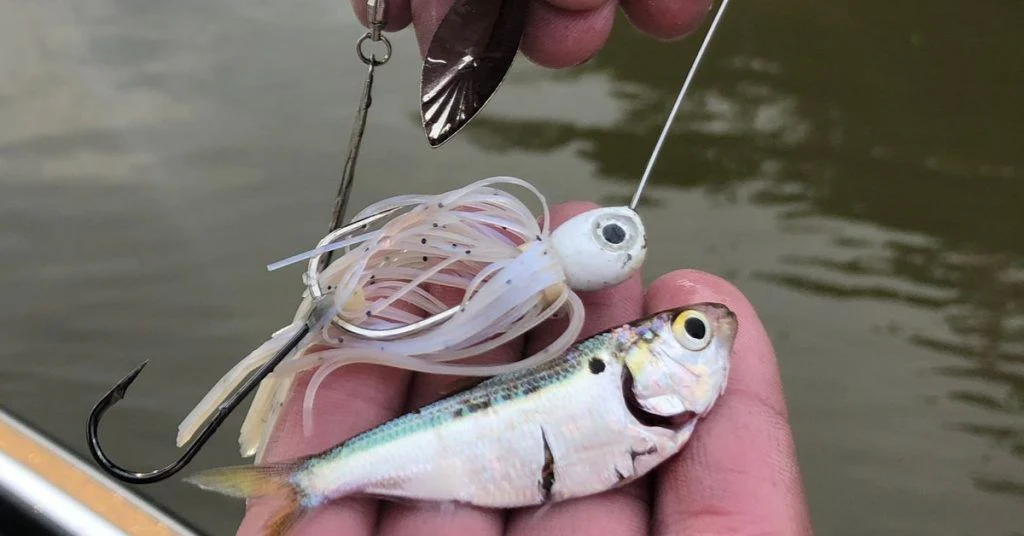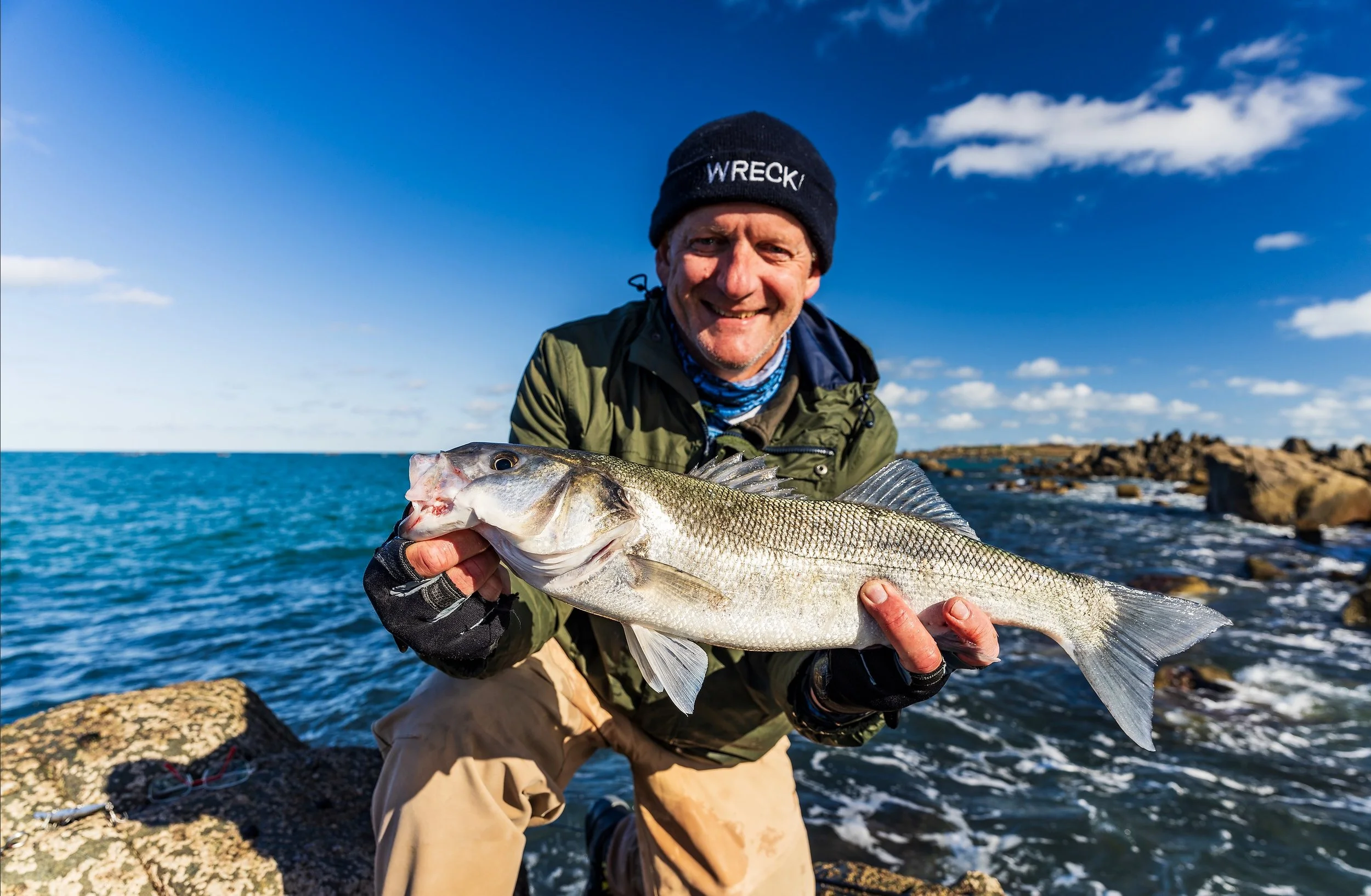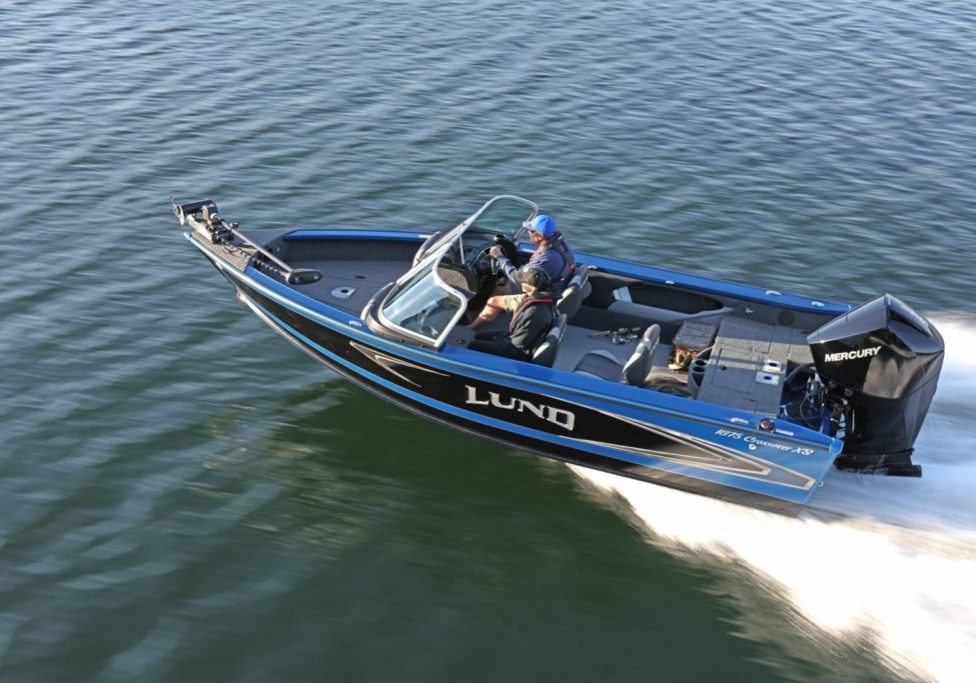Bass Fishing Tips: Essential Gear, Best Locations, and Proven Techniques for More Catches
There’s nothing quite like the thrill of feeling a bass tug on your line. Whether I’m casting from the shore or drifting along in a boat I’m always looking for ways to outsmart these clever fish. Bass fishing isn’t just about luck—it’s about knowing what works and when to use it.
Over the years I’ve picked up a few tricks that turn an average day on the water into a successful one. If you want to catch more bass and make every trip count you’ll need more than just patience. Let me share my top tips for reeling in those big ones and making your next outing unforgettable.
Essential Bass Fishing Tips for Beginners

Essential-Bass-Fishing-Tips-for-Beginners
Selecting lightweight spinning rods helps me detect subtle bass bites more clearly when starting out. Using 6- to 8-pound test line increases sensitivity with smaller lures and lets me cover water without spooking fish. Matching soft plastic worms or creature baits with 1/8- to 1/4-ounce bullet weights keeps presentations natural for wary bass, especially near structure like submerged logs, rocks, or weed beds.
Casting parallel to the shoreline covers water efficiently, with every retrieve passing by potential ambush points for bass hiding under cover. Varying the speed, depth, or cadence of my lure retrieves triggers more strikes when bass display reduced activity. Pausing soft baits periodically imitates wounded prey, making bites more likely from sluggish fish.
Staying quiet at the water’s edge, I avoid sudden movements or loud noises that could alert nearby bass. Observing water clarity and current direction influences where I cast, since bass congregate in moving water or shadows on bright days. Before switching lures, I try matching local forage color, using green pumpkin, watermelon, or black depending on what small baitfish or crawfish inhabit the lake or river.
Monitoring weather patterns, I’ve found overcast skies and low-light hours near sunrise or sunset boost my chances at consistent bites. Adjusting techniques to season, I retrieve lures slower in cold water and target shallow flats during spring, following bass as they move to deeper areas in summer and fall.
Keeping extra tackle, pliers, and a hook remover handy readies me for fast action and quick releases. As I practice and track each outing’s conditions, my skills and instincts for locating active bass steadily improve.
Choosing the Right Bass Fishing Gear
Selecting the right gear shapes every bass fishing trip. I focus on versatile, dependable options that simplify tackle choices and help me adapt quickly to changing conditions.
Rods and Reels
I choose between spinning and casting setups based on my bait and technique. Spinning rods around 6’10″ with medium light power and fast action handle finesse baits well—paired with a 2500 size reel and 10 lb braided main line with an 8 lb fluorocarbon leader, I get excellent sensitivity and control, especially for subtle presentations. Casting rods about 7’1″ with medium heavy power and fast action match bigger baits and stronger hooksets; a 7.1:1 gear ratio reel and 15 lb fluorocarbon line increase accuracy and leverage when targeting larger bass near heavy cover.
Baits and Lures
I carry a core selection of essential lures that perform in most conditions. Crankbaits—shallow and deep divers in natural baitfish colors and bright patterns—let me cover water at different depths. Spinnerbaits weighing about 3/8 ounce with gold blades in both natural and bright colors catch bass in clear and muddy water. Soft plastic worms in green pumpkin or watermelon red seed remain reliable over long sessions, especially in pressured areas. I match lures to bass forage and water clarity, picking darker baits for dirty water and natural hues for clear spots. For heavy cover, I use weedless options; for sand or open water, open-hook lures perform best. When bass stay near the surface, I switch to topwater baits, floating worms, or frogs; if they hold deep, I rig plastics with a split shot to reach the strike zone confidently.
Best Locations and Times for Bass Fishing

Best-Locations-and-Times-for-Bass-Fishing
Bass fishing success grows when I fish the right spots at the right time. I’ve found that bass activity follows predictable cycles tied to light, temperature, and structure.
Identifying Productive Water Spots
Productive water spots for bass almost always offer cover and ambush opportunities. I fish submerged vegetation, fallen trees, and stumps to target largemouth bass in shallow zones. When fishing for smallmouth bass, I work around large boulders, rocky shoreline drops, and swift, cool river sections. Points, humps, and ledges tend to attract summer bass, so I focus on those lake features during hotter months. Bass depth changes with light—deeper on bright days and shallow in low light. Docks and man-made structures also concentrate bass, especially near sunrise or sunset.
Understanding Seasonal Patterns
Seasonal patterns influence bass location and feeding behavior throughout the year. In early spring, I target shallow flats and coves, where pre-spawn bass feed heavily. During late spring and early summer, bass stay near shallow spawning areas—feeding peaks before and just after spawning. Summer shifts bass into deeper, cooler zones by day, but I catch them in shallow water at dawn, dusk, and night when temperatures drop. Fall sees bass moving back to shallow cover to fuel up for winter. In winter, I slow my presentation and focus deeper, where bass move to conserve energy and bite less aggressively. By reading these seasonal patterns, I put my lure where active bass are most likely to strike.
Proven Techniques to Improve Your Bass Catch
Dialing in proven bass fishing techniques always increases catches when I pair skill with the right gear and conditions. Precision in finding bait, understanding seasonal bass cycles, and adjusting lures sets the foundation for successful trips.
Casting and Retrieval Methods
Executing effective casting and retrieval methods consistently helps me target bass more efficiently. I hold the rod parallel to the ground and let out 12-16 inches of line before casting, then I release at the 10 o’clock position for the optimal trajectory. A steady, straight retrieve covers water fast with spinnerbaits, crankbaits, and swimbaits, which works well for suspended bass. Jigging the lure vertically mimics prey near structure, drawing bass from cover. Twitching and jerking the bait creates unpredictable motion that triggers reaction strikes, especially in finicky fish. Using baitcasting rods, I grip the trigger between my middle and index fingers, giving better hook-setting power and control during retrieves.
Using Electronics and Technology
Applying electronics and technology to bass fishing lets me locate bass more accurately and adapt to changing environments. With depth finders and fish finders, I detect underwater structures, subtle contour changes, and cover where summer bass reside in deeper water. Sonar analysis lets me distinguish hard from soft bottoms to focus on preferred bass habitats. Electronics also help me pinpoint schools of baitfish—main bass feeding areas, especially when the fish aren’t visible. Combining these readings on structure, cover, and bait activity, I narrow down key fishing spots for maximum effectiveness.
Common Mistakes to Avoid in Bass Fishing

Common-Mistakes-to-Avoid-in-Bass-Fishing
Retrieving lures too quickly often scares bass or triggers short strikes. Slow, deliberate retrieves better mimic natural prey and consistently attract bass, especially in cooler water.
Casting inaccurately reduces hook-up rates, since bass usually hold tight to structure or cover like docks, rocks, or vegetation. Practicing pinpoint casts gets lures in front of more fish and keeps presentations subtle to avoid spooking targets.
Making just one cast to a potential hot spot often means missing out. Bass sometimes ignore a lure on the first try, so presenting a bait multiple times increases the chance of a strike, especially in stained or murky water.
Sticking to a single “lucky spot” without relocating often leads to wasted time. Moving along the bank or repositioning the boat frequently helps me target more active bass, since these fish move to find food and cover.
Using the same lure for too long limits opportunity. Switching between lure styles, colors, or sizes helps match the bite when conditions or bass preferences change, driving more consistent success throughout a trip.
Selecting bait color that contrasts with water conditions leads to fewer bites. I choose natural hues in clear water and opt for brighter or bold shades when fishing stained water, matching the forage for better visibility.
Ignoring cover and structure often lowers catch rates. Bass almost always relate to submerged wood, weeds, rocks, or manmade objects. Targeting these areas with accurate casts consistently puts baits in front of fish.
Maintaining a steady lure speed in all conditions misses key triggers. I slow down with lighter tackle in cold water and pick up the pace as temperatures climb, since bass metabolism and aggression shift dramatically across seasons.
Overlooking baitfish presence often results in empty casts. Locating shad, minnows, or crawfish tells me where active bass hold, letting environmental cues guide my next cast to productive water.
Conclusion
Bass fishing always keeps me on my toes and that’s what makes it so rewarding. Every trip brings a new challenge and a chance to learn something that sharpens my instincts for the next outing.
I’ve found that the more I pay attention to the little details and adapt to changing conditions the more consistent my results become. With a bit of patience and a willingness to experiment you’ll find your own groove and start landing more bass than ever. Happy fishing!
Frequently Asked Questions
What is the key to successful bass fishing?
The key to successful bass fishing is understanding bass behavior, using proper gear, and applying effective techniques. Knowledge and strategy matter more than luck.
What gear do beginners need for bass fishing?
Beginners should start with a lightweight spinning rod (around 6’10”) and a 6- to 8-pound test line. This setup offers sensitivity and makes it easier to detect bites and present lures accurately.
How do I choose the right lure for bass fishing?
Select lures based on water clarity and local forage. Crankbaits, spinnerbaits, and soft plastic worms are versatile options. Match lure color to baitfish and adjust your choice depending on water conditions.
Where are the best places to find bass?
Look for bass near submerged vegetation, fallen trees, and rocky areas. Largemouth bass prefer cover like weeds and logs, while smallmouth bass are often found around rocks and clear water.
When is the best time to fish for bass?
Bass are most active during low-light hours, such as early morning or late evening, and on overcast days. Seasonal changes also matter; spring and fall are typically prime times for bass fishing.
How can I increase my chances of catching bass?
Stay quiet at the water’s edge, observe local conditions, and cast parallel to banks or structure. Vary retrieval speed and depth, and present lures multiple times to likely hiding spots.
What common mistakes should I avoid in bass fishing?
Avoid fishing too quickly, sticking to one spot for too long, or using the same lure regardless of conditions. Change lures, target structure, and match your lure speed to water temperature.
How does weather affect bass fishing success?
Weather impacts bass behavior significantly. Overcast skies, stable atmospheric pressure, and moderate temperatures often lead to more active bass and better fishing results.
Are electronic fish finders helpful for bass fishing?
Yes, electronics like depth and fish finders help locate schools of bass and key underwater structures, allowing you to focus your efforts where fish are most likely to be found.
Why is it important to track fishing conditions?
Tracking weather, water clarity, and other environmental factors helps you recognize patterns and make better decisions on lure choice, technique, and location for future fishing trips.
